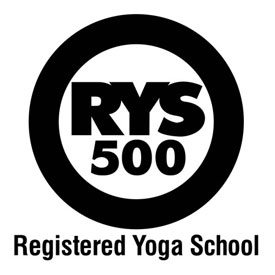Becoming a yoga instructor is one of the most burgeoning careers in the health and wellness industries. Unlike becoming a personal trainer, which is very regulated, becoming a yoga instructor doesn’t require the tests, certification and training that is mandated by the accredited personal training profession. There is both good and not-so-good in that.
First, because teaching yoga is a relatively new, albeit popular, profession, in essence, anyone who wants to become a yoga instructor can call herself a yoga teacher. This can easily lend way to unqualified teachers who take a few weekend yoga workshops and call themselves a teacher.
On the other hand, because of the lack of regulation, experienced yoga instructors who have been teaching yoga for years, maybe even decades, don’t need to go back and take hours of certification classes with a bunch of novices and learn information they already know.
It is this lack of regulation that has led to the Yoga Alliance, a national education and support organization for yoga in the United States that provides yoga certification for teachers. In September 1999, Yoga Alliance established a national Yoga Teachers’ Registry to recognize and promote teachers with training that meets their minimum standards. Teachers who meet these standards are eligible to register as Registered Yoga Teachers (RYT®s).
If you want to become a yoga instructor, you should first be a dedicated yoga student. That means, accruing many hours practicing yoga and sampling from the different styles and teachers that today’s yoga-loving culture offers. Then, if you want to go the certification route, visit the Yoga Alliance website to find out what schools in your area offer the RYT training.
If you choose to not become certified for whatever reasons, consider becoming an apprentice to an experienced yoga teacher that you look up to and ask him or her to student-train you. This will give you one-on-one instruction from someone who has amassed years of teaching and practicing yoga.
In addition, many yoga studios offer teacher training courses. If they are not RYT certified, make sure to do your homework on the schools and teachers that are offering the training. Remember that since yoga is still in its infancy as a regulated profession, for all intents and purposes, anyone can call himself a yoga teacher and charge a hefty price for a teacher training that offers very little in regards to safe, integral and thorough teaching of yoga.
Keep in mind that most yoga instructors teach part-time or just a handful of classes a week. It can be challenging to make teaching yoga a full-time career.
That being said, whether you teach one class a week or 20, teaching yoga is a very fulfilling and satisfying profession. Most, if not all, yoga instructors feel the call to teach because they love the practice of yoga. And more importantly, they love to share it.
